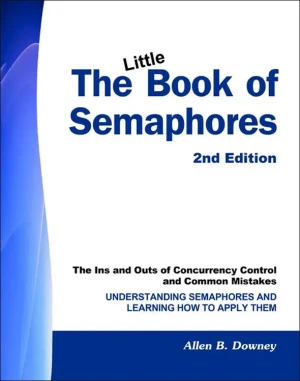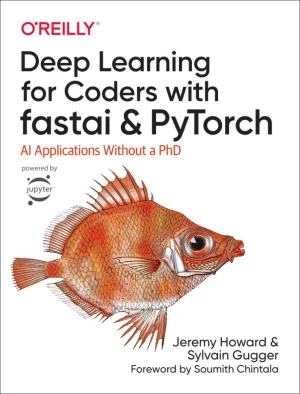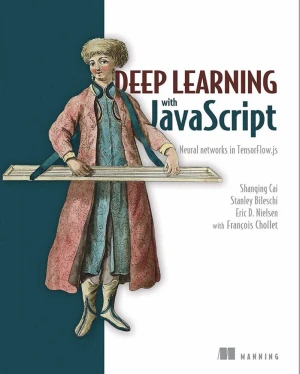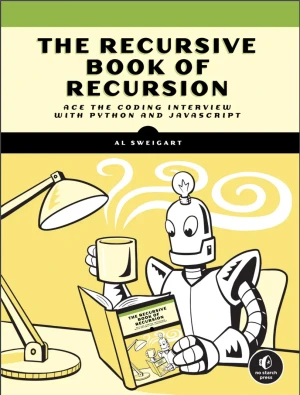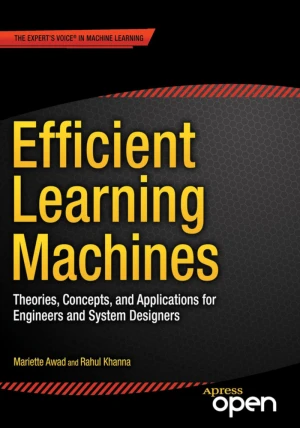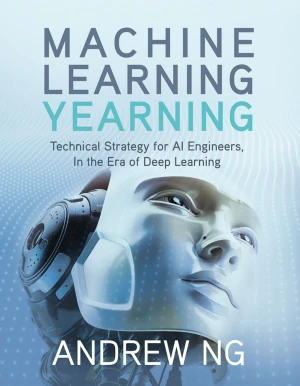The Little Book of Deep Learning
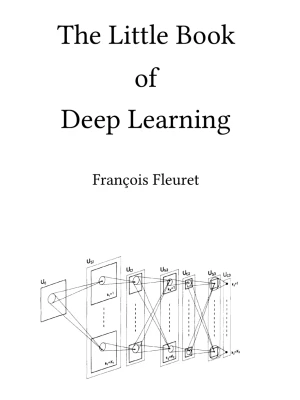
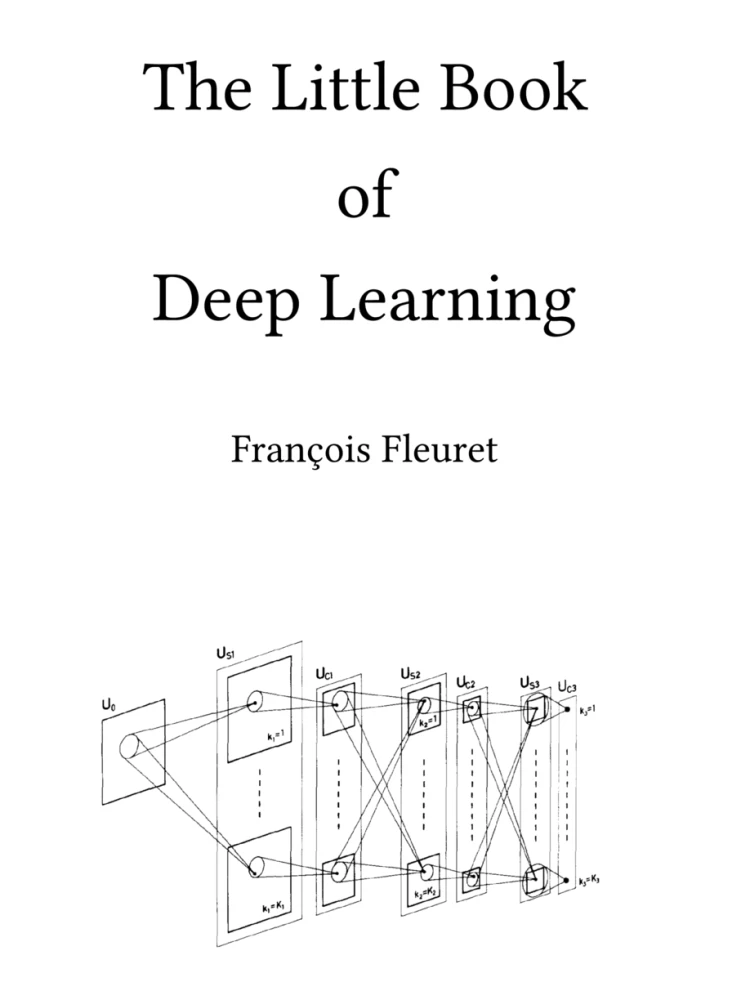
Book Details
| Author | François Fleuret |
| Publisher | University of Geneva |
| Published | 2024 |
| Edition | 1st |
| Paperback | 185 pages |
| Language | English |
| License | Creative Commons Attribution-NonCommercial-ShareAlike |
Book Description
The current period of progress in artificial intelligence was triggered when Krizhevsky et al. demonstrated that an artificial neural network designed twenty years earlier could outperform complex state-of-the-art image recognition methods by a huge margin, simply by being a hundred times larger and trained on a dataset similarly scaled up.
This breakthrough was made possible thanks to GPUs, highly parallel consumer-grade computing devices developed for real-time image synthesis and repurposed for artificial neural networks.
Since then, under the umbrella term of "deep learning," innovations in the structures of these networks, the strategies to train them, and dedicated hardware have allowed for an exponential increase in both their size and the quantity of training data they take advantage of. This has resulted in a wave of successful applications across technical domains, from computer vision and robotics to speech processing, and since 2020 in the development of Large Language Models with general protoreasoning capabilities.
Although the bulk of deep learning is not difficult to understand, it combines diverse components such as linear algebra, calculus, probabilities, optimization, signal processing, programming, algorithmics, and high-performance computing, making it complicated to learn.
Instead of trying to be exhaustive, this little book is limited to the background necessary to understand a few important models. This open book is a short introduction to deep learning for readers with a STEM background. It aims at providing the necessary background to understand landmark AI models for image generation and language understanding.
This book is available under a Creative Commons Attribution-NonCommercial-ShareAlike license (CC BY-NC-SA), which means that you are free to copy, distribute, and modify it, as long as you credit the original author, don't use it for commercial purposes, and share any adaptations under the same license.
If you enjoyed the book and would like to support the author, you can purchase a printed copy (hardcover or paperback) from official retailers.
Download and Read Links
Share this Book
[localhost]# find . -name "*Similar_Books*"
The Little Book of Semaphores, 2nd Edition
The Little Book of Semaphores is a free textbook that introduces the principles of synchronization for concurrent programming. In most computer science curricula, synchronization is a module in an Operating Systems class. OS textbooks present a standard set of problems with a standard set of solutions, but most students don't get a good understandi
Deep Learning for Coders with Fastai and PyTorch
Deep learning is often viewed as the exclusive domain of math PhDs and big tech companies. But as this hands-on guide demonstrates, programmers comfortable with Python can achieve impressive results in deep learning with little math background, small amounts of data, and minimal code. How? With fastai, the first library to provide a consistent inte
Deep Learning with JavaScript
Deep learning has transformed the fields of computer vision, image processing, and natural language applications. Thanks to TensorFlow.js, now JavaScript developers can build deep learning apps without relying on Python or R. Deep Learning with JavaScript shows developers how they can bring DL technology to the web. Written by the main authors of t
The Recursive Book of Recursion
Recursion has an intimidating reputation: it's considered to be an advanced computer science topic frequently brought up in coding interviews. But there's nothing magical about recursion. The Recursive Book of Recursion uses Python and JavaScript examples to teach the basics of recursion, exposing the ways that it's often poorly taught and clarifyi
Efficient Learning Machines
Machine learning techniques provide cost-effective alternatives to traditional methods for extracting underlying relationships between information and data and for predicting future events by processing existing information to train models. Efficient Learning Machines explores the major topics of machine learning, including knowledge discovery, cla
Machine Learning Yearning
AI is transforming numerous industries. Machine Learning Yearning, a free ebook from Andrew Ng, teaches you how to structure Machine Learning projects. This book is focused not on teaching you ML algorithms, but on how to make ML algorithms work. After reading Machine Learning Yearning, you will be able to: - Prioritize the most promising direction

